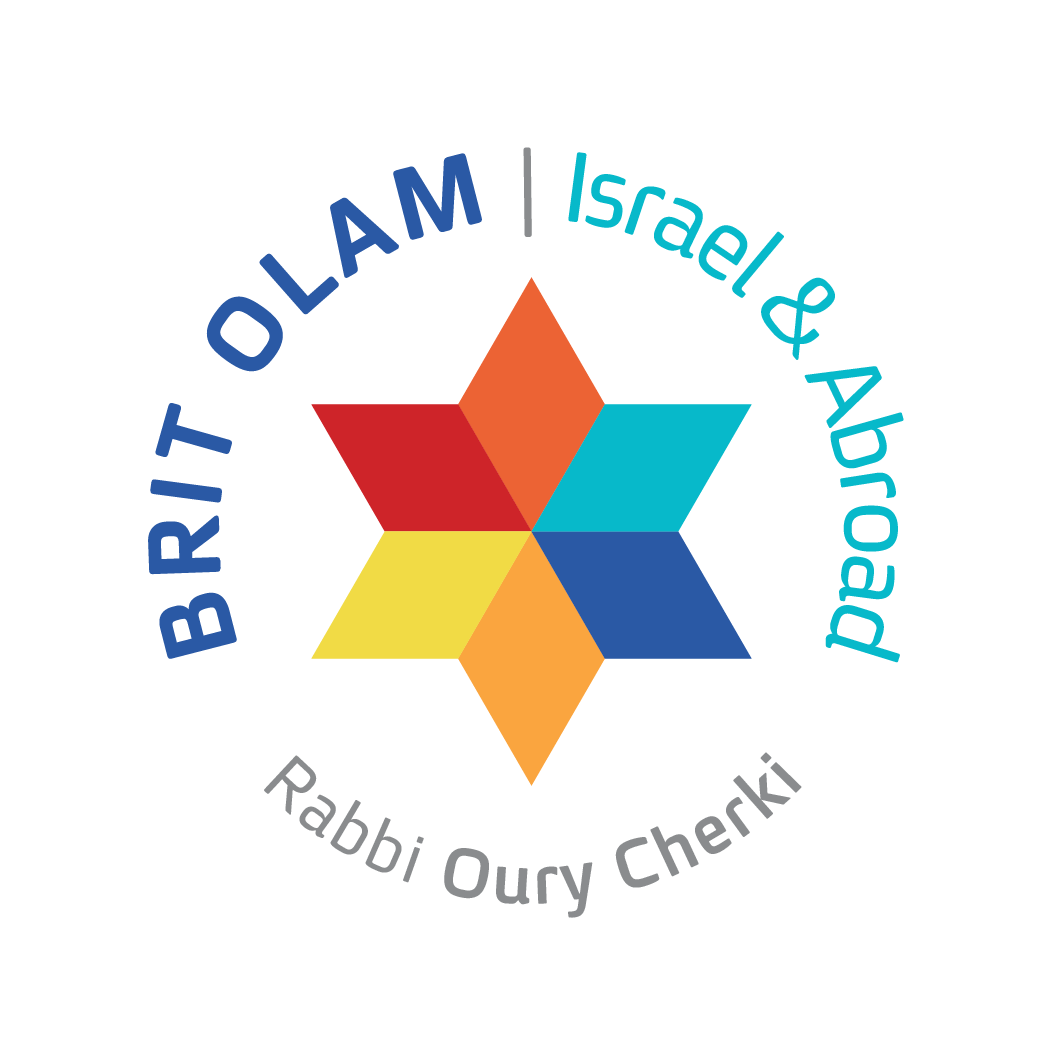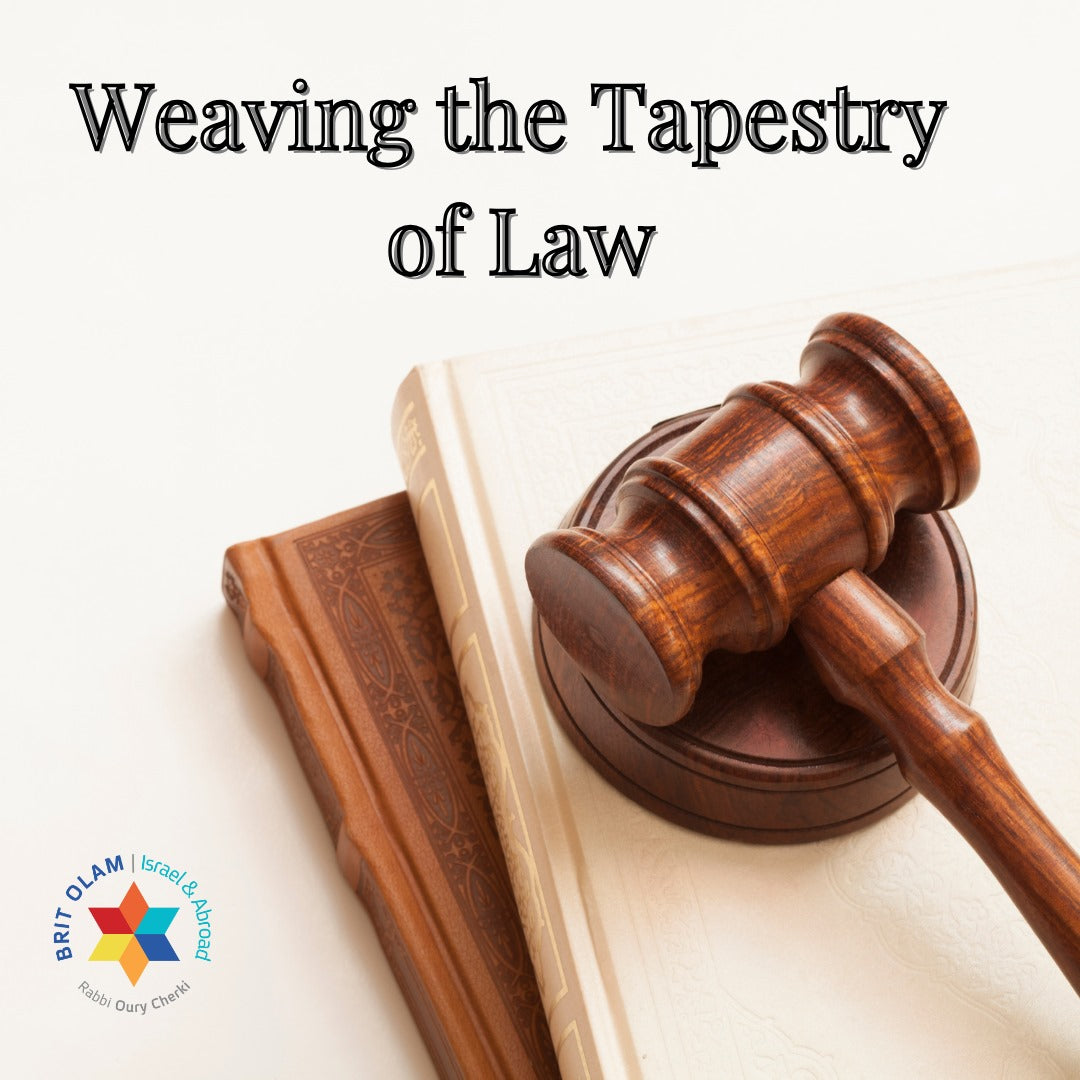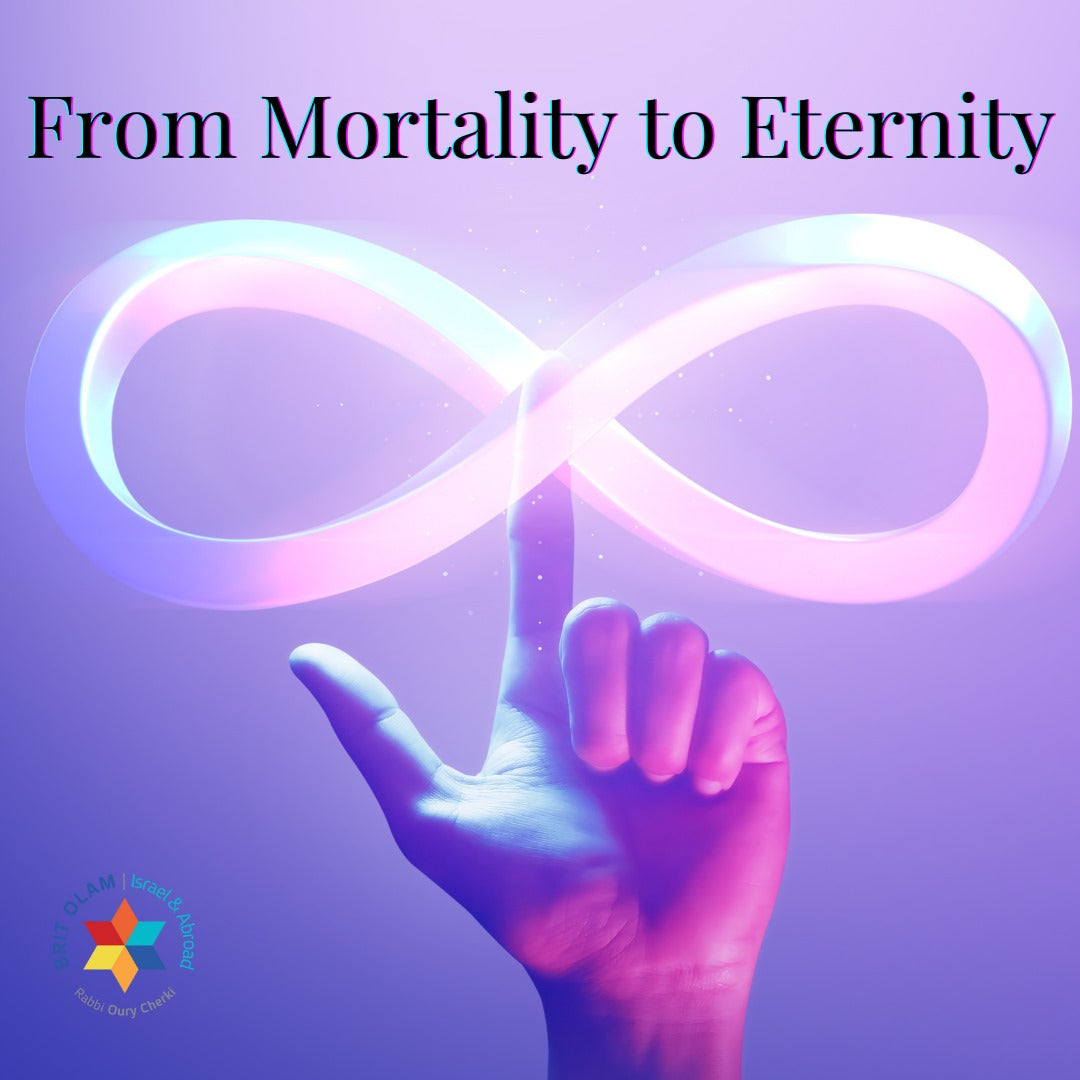Parshat Bo opens with the last three plagues in Egypt. A question arises: why split the plagues into 7 in the previous Parasha and 3 in ours? The answer is simple: it involves a different kind of clarification. The first seven plagues demonstrated to Pharaoh that the people of Israel have a unique role in history. But this could raise the following question: Who said that the division between Israel and the nations is also actual in the absolute sense? Perhaps it's just a historical accident. Throughout history, Israel has proven to be a unique nation, and that's why they want to leave Egypt. But in the cosmic plan, there is no difference between Egypt and Israel. This is why the plagues are needed- to recreate the creation process.
The creation process consists of three parts: the divine decision, which is the primary decision to create the world; Then the creation of the "void" – the space in which the world can appear; and finally, the multiplication of the multitude of the "existing." It is precisely the opposite order in the plagues – the locust represents the power of multiplication. The locust damages Egypt but does not harm Israel. If so, we see that there is a distinction between Israel and Egypt at the beginning of the multiplication of the existing.
Pharaoh asks, “But what about the 'void'? Is there a difference between Israel and Egypt in the 'void'?” So, darkness is brought. Darkness distinguishes, “but for all the Children of Israel there was light in their dwellings.” However, Pharaoh argues, who said that from the beginning, the divine intention is to make a distinction. On this, a plague that affects the "beginning" - the firstborn: "He smote every firstborn in Egypt, the first fruit of their strength in the tents of Ham.”
After the plague of the firstborn, which clarifies an absolute difference between Israel and Egypt, Pharaoh is convinced. He sends the Israelites and says, "Go, serve the Lord, as you said… and bless me also." This shows a breakthrough in Pharaoh's understanding – Israel has a unique destiny. Although the Egyptian people did not exactly understand it – "And Pharaoh sent the people," driven out by the people and expelled from Egypt, "because they said, 'We are all dead,'" Pharaoh, who stood at the top of the pyramid, understood that the hope of the world is the Israelite nation, and therefore he willingly sends them away.



